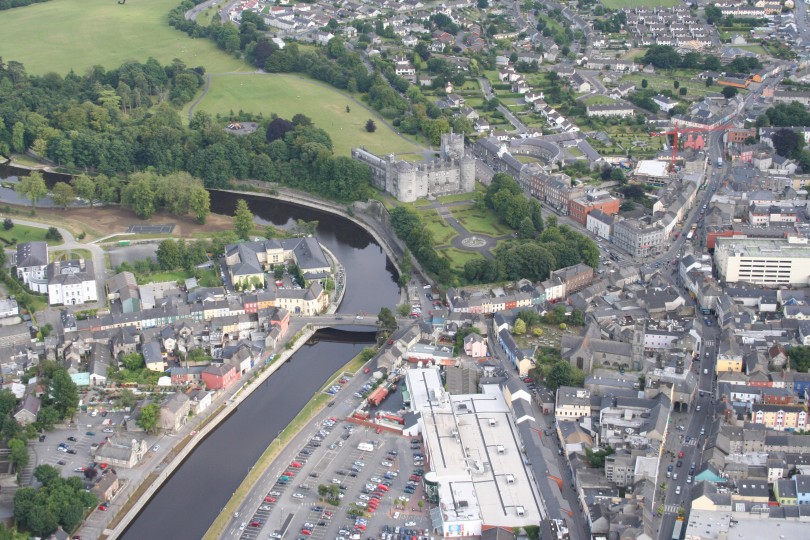The term Green Infrastructure can be defined as strategically planned and interconnected networks of green space and water capable of delivering ecosystem services and quality of life benefits to people.
Green Infrastructure is designed and managed to provide and facilitate the following:
• a high-quality environment which will provide economic benefits by attracting inward investment and new business
• high quality open spaces which provide health and social benefits for people through the provision of play areas, safe and attractive areas and routes for meeting, walking and cycling
• opportunities and space for contact with nature, which is considered essential for good health and wellbeing
• adaptation to the impacts of climate change and flooding.
• local food production – in allotments, gardens and through agriculture
• space for biodiversity (nature and wildlife) to flourish
• a sense of place and local distinctiveness
The emergence of Green Infrastructure planning is a response to the growing recognition of the many benefits which green space provides to society and of the need to plan for its protection, provision and management in tandem with plans for growth and development. It has a significant role to play in assisting in the protection of Natura 2000 sites and biodiversity
Kilkenny County Council , in partnership with the Kilkenny Heritage Forum and the Heritage Council, has undertaken habitat surveys and green infrastructure assessments in a number of settlements around the county (Kilkenny City, Gowran, Fiddown, Piltown, Johnstown, Urlingford, Ballyragget, Ballyhale, Mooncoin, and Knocktopher).

